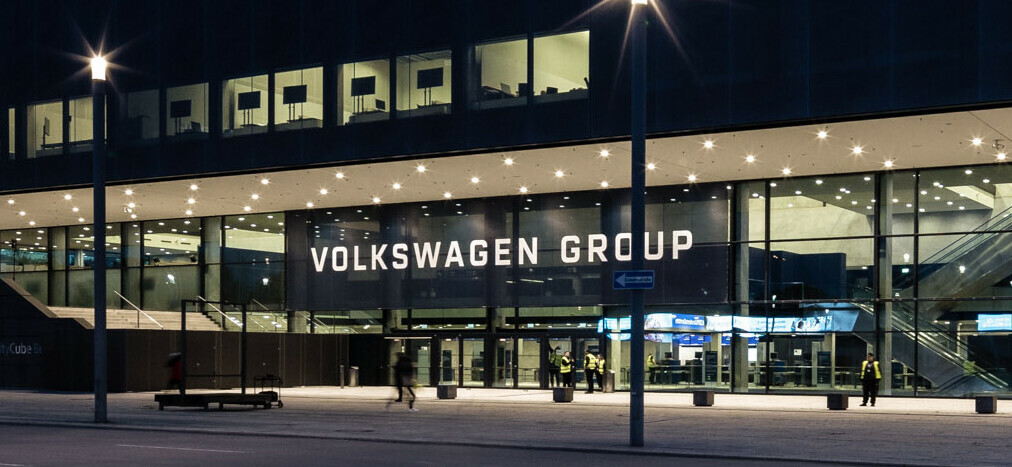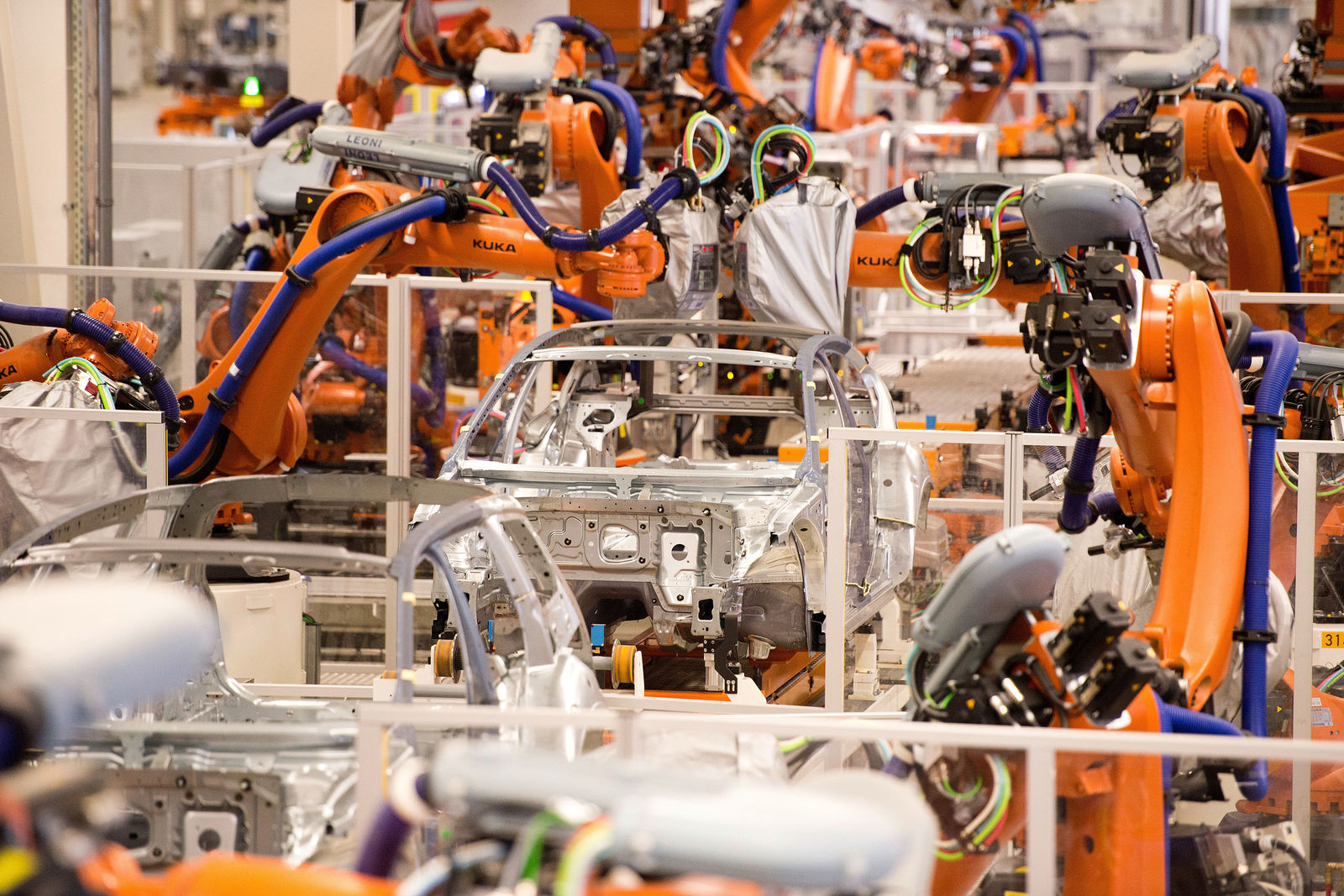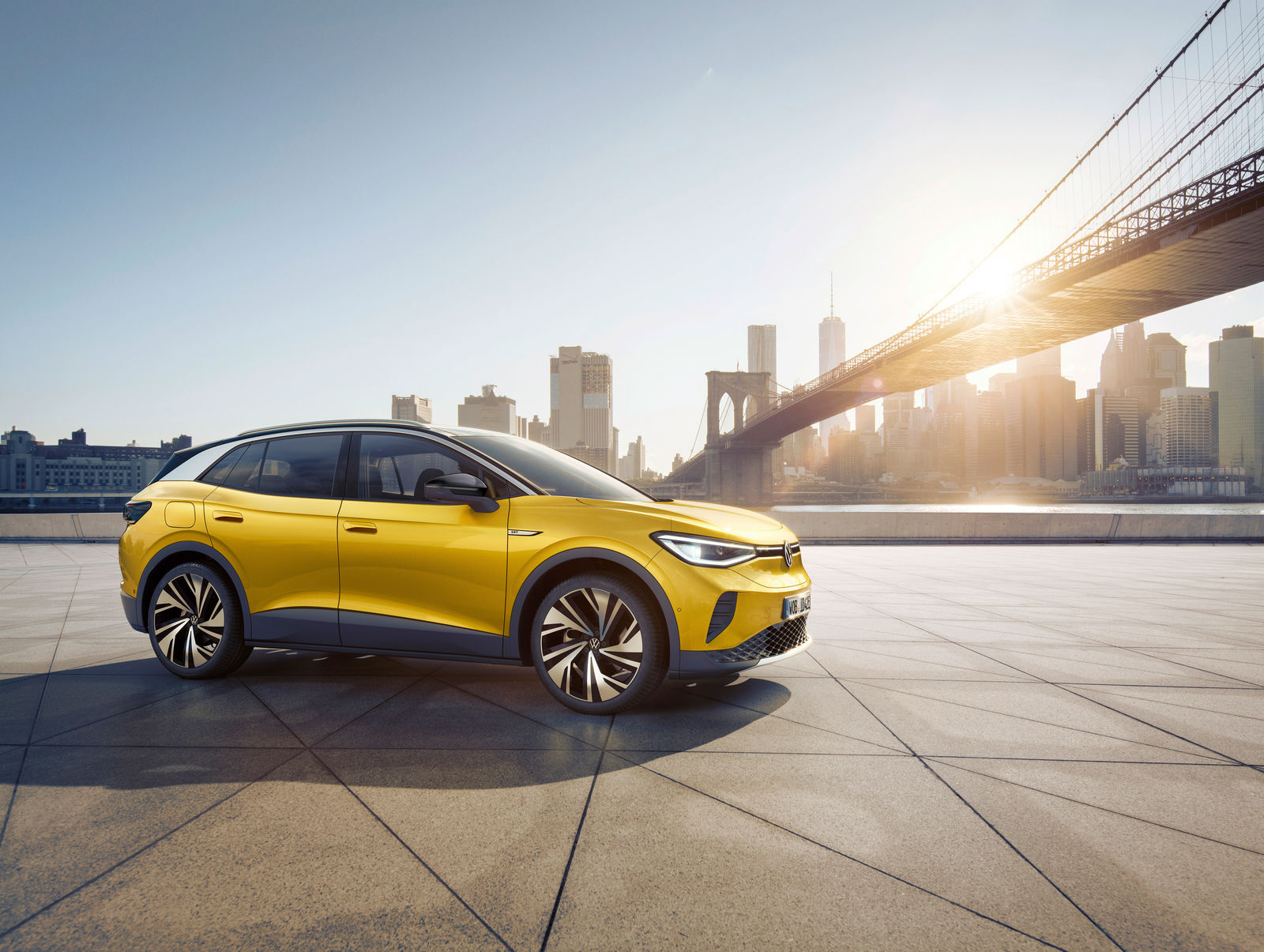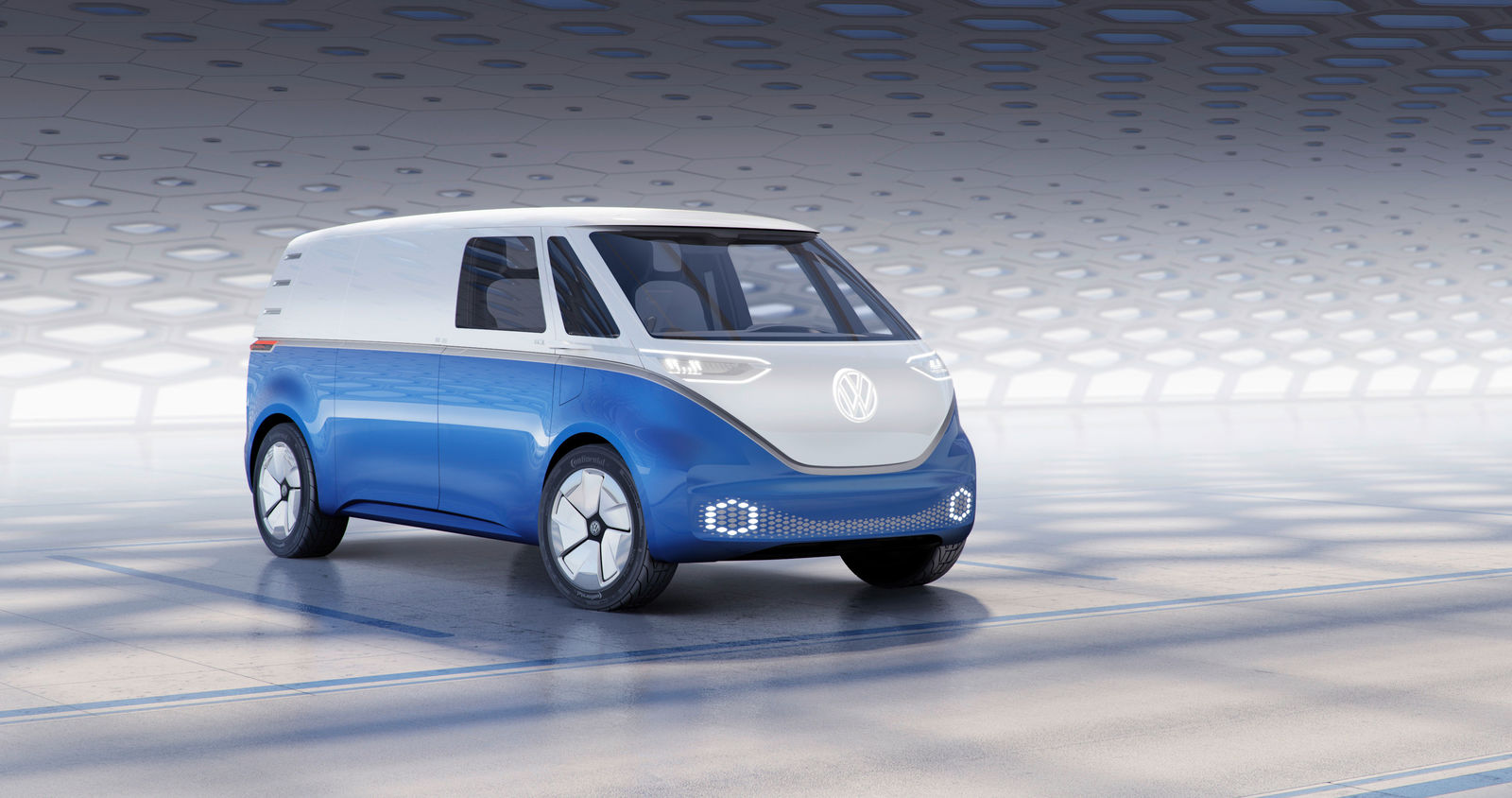Christian Vollmer, Member of the Board of Management of the Volkswagen brand responsible for Production and Logistics, says: “At Emden and Chattanooga, we are developing two of the most advanced production facilities in the automotive industry for the transformation to e-mobility. We are investing in the latest technologies such as digitalization and automation for this purpose even in the present situation.”
The ID. BUZZ is to be produced at the Hanover plant of Volkswagen Commercial Vehicles from 2022. “Our conversion work is proceeding entirely to schedule,” says Josef Baumert, Member of the Board of Management of Volkswagen Commercial Vehicles responsible for Production and Logistics. “With the launch of the ID. BUZZ, we will complete the modernization of our Hanover plant currently in progress, which will also benefit all the other models produced at this location.”
In total, the Group plans to invest €33 billion by 2024 with a view to becoming the world market leader in e-mobility. Several billion euros are to be invested in these three plants.










